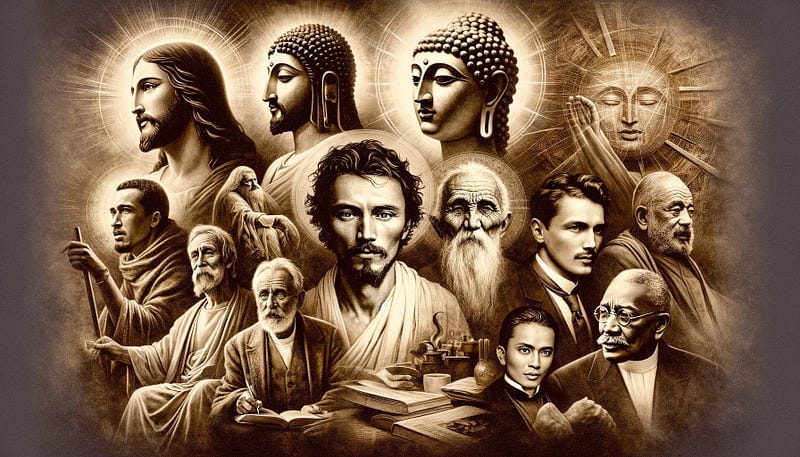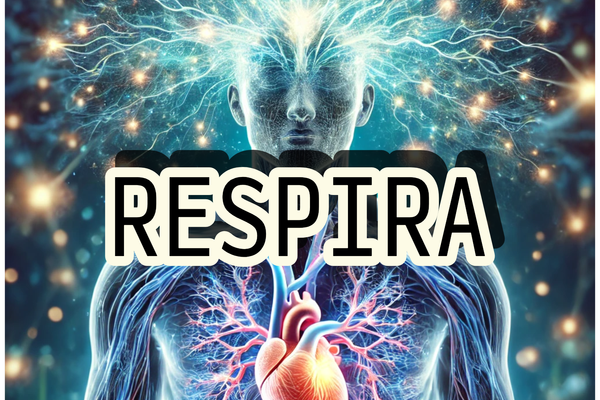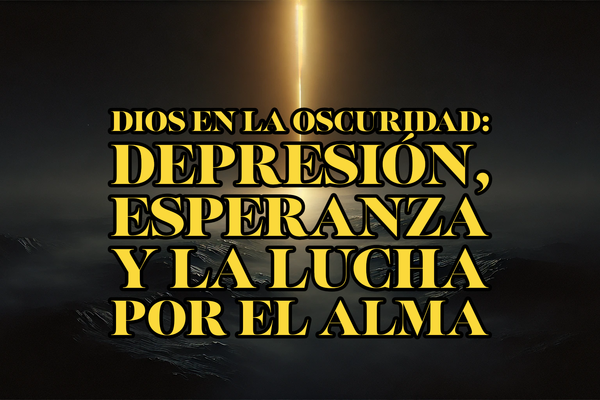Transcendent Journeys: Exploring Altered States of Consciousness Through History’s Visionaries

Altered states of consciousness (ASCs) have long captivated the human imagination, from the mystical experiences of religious figures to the transcendent moments of artists and modern thinkers. These states, whether achieved through meditation, spiritual exercises, or other means, offer glimpses into realities beyond the ordinary. This article delves into the lives of several famous individuals who have attained such states, exploring their experiences and the profound impacts they have had on their respective fields.
Religious Figures
Jesus Christ
Jesus Christ, the central figure of Christianity, is believed to have experienced several profound altered states of consciousness. One of the most significant events is the Transfiguration, where Jesus is described as having radiated light and conversed with Moses and Elijah. According to the Gospels, this event revealed his divine nature to his closest disciples and has been interpreted as a moment of spiritual transformation and enlightenment. Additionally, Jesus’s resurrection appearances, where he was seen by his disciples after his crucifixion, further illustrate his connection to extraordinary states of being. These events have not only shaped the foundations of Christian faith but also inspired countless believers to seek deeper spiritual experiences.
Buddha (Siddhartha Gautama)
Siddhartha Gautama, known as the Buddha, embarked on a quest for enlightenment that led him through various stages of altered consciousness. After years of ascetic practices and meditation, he attained Nirvana under the Bodhi tree, a state of ultimate liberation and awareness. This profound experience not only transformed Siddhartha into the Buddha but also laid the groundwork for Buddhism, a path followed by millions seeking spiritual awakening and inner peace. The Buddha’s teachings on meditation and mindfulness continue to guide individuals toward achieving their own altered states of consciousness.
Saint Ignatius of Loyola
Saint Ignatius of Loyola, founder of the Jesuit order, experienced a significant spiritual awakening following a severe injury in battle. During his recovery, Ignatius underwent mystical experiences that included visions and deep contemplative states. These experiences led him to develop the Spiritual Exercises, a set of meditations and prayers designed to guide individuals toward spiritual growth and a closer relationship with God. Ignatius’s contributions have had a lasting influence on Catholic spirituality and the practice of discernment, helping countless people navigate their spiritual journeys.
Santa Teresa of Ávila
Santa Teresa of Ávila, a prominent Spanish mystic and Carmelite reformer, is renowned for her vivid mystical experiences. Throughout her life, Teresa reported experiencing visions, ecstasies, and even levitations, which she detailed in her spiritual writings. Her most famous work, “The Interior Castle,” describes the soul’s journey toward union with God through various stages of spiritual development. Teresa’s experiences and her profound insights into the nature of divine union have made her a central figure in Christian mysticism and inspired reforms within the Carmelite order.
Artists and Creatives
Vincent van Gogh
Vincent van Gogh, the Dutch post-impressionist painter, is celebrated for his emotionally charged and vibrant works. Van Gogh’s struggle with mental illness often brought him to states of heightened sensitivity and perception. His letters reveal a deep connection to his inner experiences, which he channeled into his art. Paintings like “Starry Night” reflect his tumultuous yet profound inner world, leaving an indelible mark on the art world and opening discussions on the link between mental health and creativity.
Salvador Dalí
Salvador Dalí, a leading figure in the Surrealist movement, intentionally sought altered states of consciousness to fuel his artistic creativity. Dalí’s fascination with dreams, the subconscious, and psychoanalytic theory led him to create bizarre and fantastical imagery. Works like “The Persistence of Memory” exemplify his ability to translate his inner experiences into art that challenges perceptions of reality. Dalí’s exploration of ASCs has influenced not only art but also broader cultural understandings of the mind’s potential.
Modern Explorers of Consciousness
Aldous Huxley
Aldous Huxley, an English writer and philosopher, made significant contributions to the understanding of altered states through his personal experiments with psychedelics. His book “The Doors of Perception” details his experiences with mescaline, offering profound insights into the nature of human consciousness. Huxley’s work has influenced both the literary world and the field of consciousness studies, encouraging deeper exploration of the mind’s capabilities.
Ram Dass (Richard Alpert)
Ram Dass, originally Richard Alpert, was a Harvard psychologist who turned to spirituality after profound experiences with LSD. His journey led him to India, where he studied under the guru Neem Karoli Baba and adopted the spiritual name Ram Dass. His seminal book, “Be Here Now,” combines his psychedelic experiences with Eastern spirituality, providing a roadmap for personal transformation. Ram Dass’s teachings have had a significant impact on Western spirituality and the practice of mindfulness.
The journeys of these individuals into altered states of consciousness reveal the vast potential of the human mind and spirit. Whether through religious devotion, artistic expression, or modern exploration, these experiences have profoundly shaped our understanding of what it means to transcend ordinary reality. As we reflect on their stories, we are reminded of the power of these states to inspire, heal, and transform. In seeking our own moments of altered consciousness, we too can connect with deeper aspects of ourselves and the universe.



